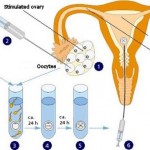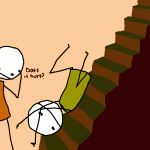The Myotonic Dystrophy Organization continues its strong support of Research by soliciting applications for fellowship grants. This program helps to encourage budding researchers in the field of myotonic Dystrophy. The grants are due today Sept 14th 2012 at 5PM Pacific time. The following is from the MDF website www.myotonic.org
Grant Applications
Call for Postdoctoral Fellowship Applications
 The Myotonic Dystrophy Foundation (MDF) is pleased to announce the 5th annual Fund-A-Fellow program to support innovative research on myotonic dystrophy. On January 1, 2013, MDF will award a number of $100,000 postdoctoral research fellowships, each providing two years of support at $50,000 per fellowship, per year.
The Myotonic Dystrophy Foundation (MDF) is pleased to announce the 5th annual Fund-A-Fellow program to support innovative research on myotonic dystrophy. On January 1, 2013, MDF will award a number of $100,000 postdoctoral research fellowships, each providing two years of support at $50,000 per fellowship, per year.






 =
=